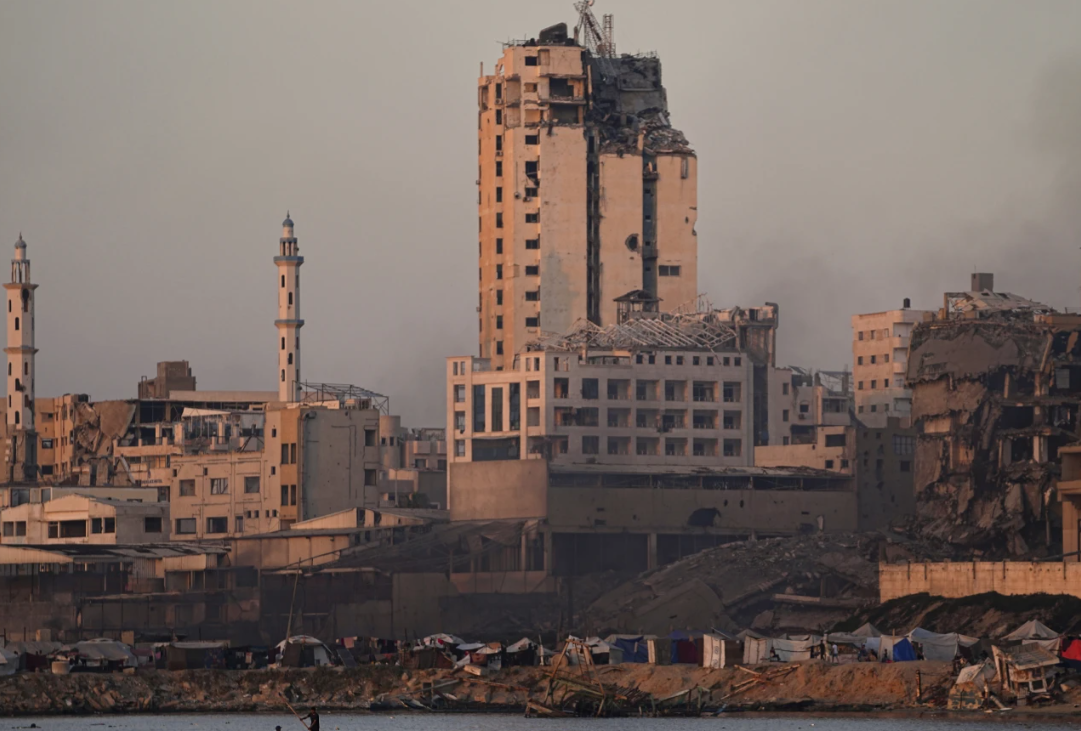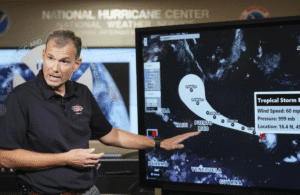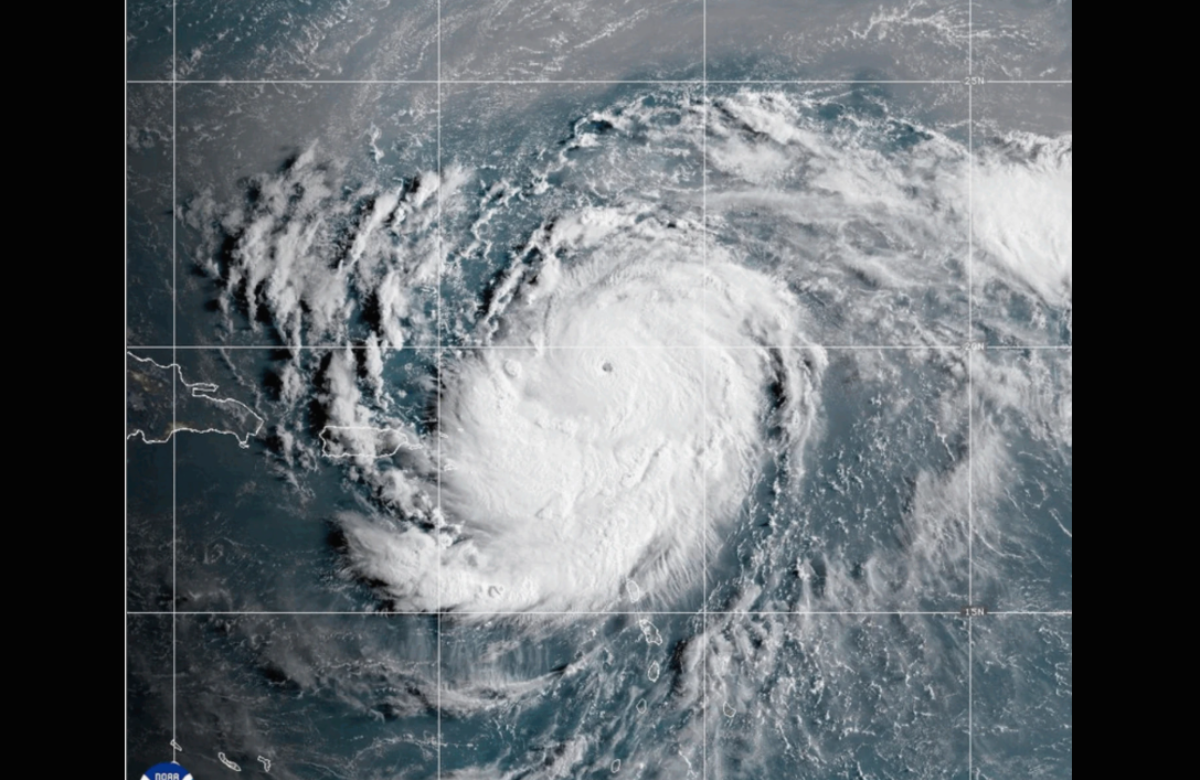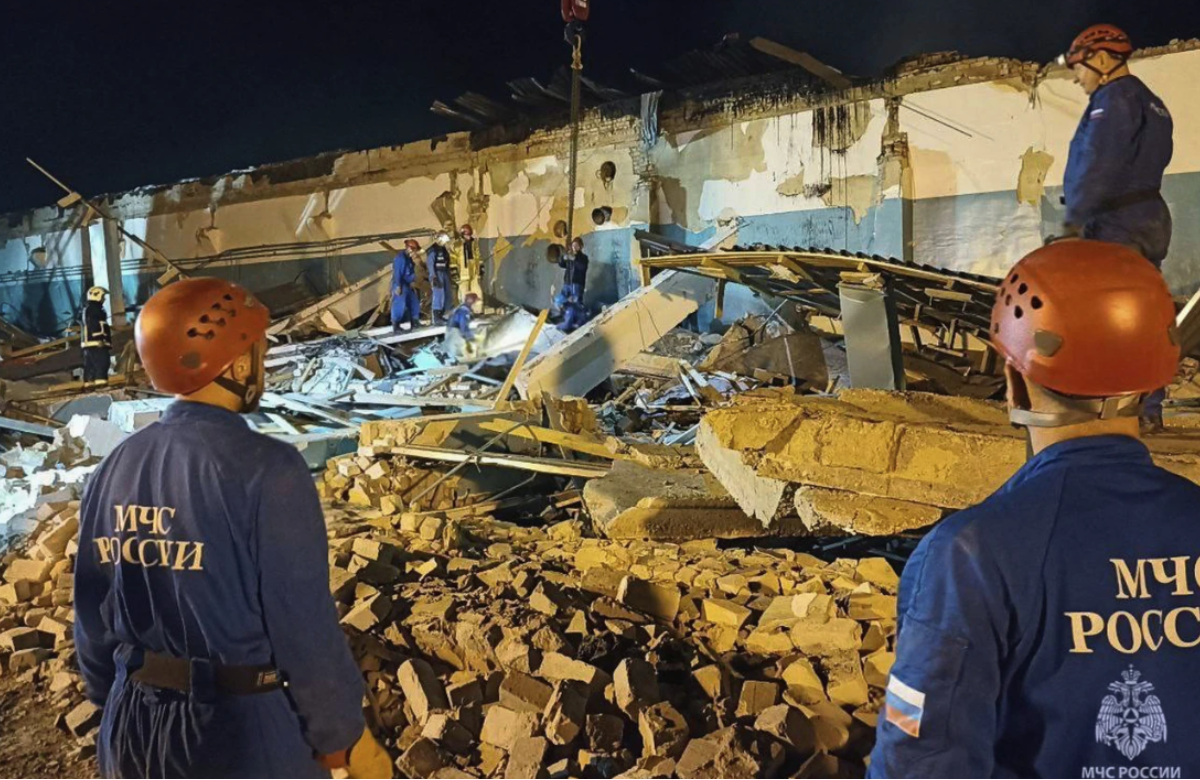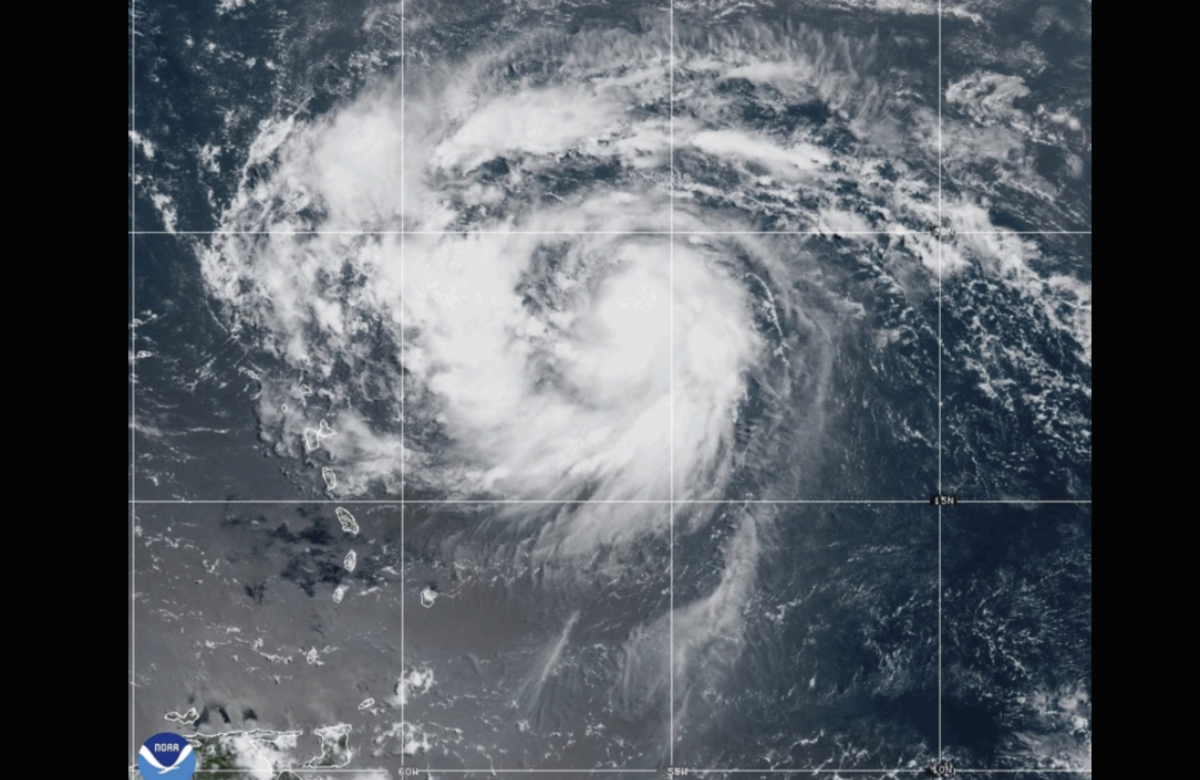At least 16 Palestinians were killed overnight and into Saturday by Israeli airstrikes on the Gaza Strip, according to local health officials. The strikes come amid the ongoing 20-month war between Israel and Hamas, even as Israel has launched a new front with recent major attacks on Iran that triggered retaliatory missile and drone launches.
Separately, 11 more Palestinians were killed near food distribution centers operated by a U.S.- and Israeli-backed humanitarian organization. These sites have seen almost daily violence since opening last month, with repeated incidents of shooting near desperate crowds. Palestinian witnesses claim Israeli forces have opened fire on civilians, while the Israeli military states it has only fired warning shots at individuals it identifies as potential threats. The military has not commented on the most recent shootings.
The aid distribution points are located within Israeli military zones, which are closed off to independent journalists, limiting external verification of events. Despite the closure of the sites on Saturday by the Gaza Humanitarian Foundation (GHF)—a private contractor managing them—witnesses reported that thousands of hungry civilians still gathered in hopes of receiving food, as Gaza teeters on the edge of famine under Israel’s ongoing blockade and military offensive.
Al-Awda Hospital reported receiving eight bodies and treating at least 125 wounded following gunfire near one such site in central Gaza. Mohamed Abu Hussein, a resident of the densely populated Bureij refugee camp, said Israeli troops fired on a crowd roughly a kilometer from the GHF site. He saw people drop as thousands fled in panic.
In Khan Younis in southern Gaza, Nasser Hospital said 16 people were killed in a series of Israeli airstrikes late Friday and early Saturday. Among the dead were five women. Another three men were reportedly killed near two GHF sites in Rafah, a city that has been turned into a largely abandoned military zone.
The food distribution system, backed by Israel and the U.S., was introduced as a replacement for the United Nations-run network that had previously handled aid throughout the war. Supporters of the new system accuse Hamas of exploiting the U.N. program to divert aid and resell supplies to fund its military operations.
However, U.N. officials reject claims that Hamas has significantly misused aid and criticize the new system for failing to meet humanitarian needs. They say it has effectively militarized aid delivery by giving Israel control over access and forcing already displaced Palestinians to travel long distances through dangerous territory.
While Israel eased its blockade somewhat last month, humanitarian organizations say military restrictions and increasing lawlessness have continued to severely limit aid delivery.
Hamas launched the conflict on October 7, 2023, when its fighters entered southern Israel, killing approximately 1,200 people—mostly civilians—and abducting 251. Of those hostages, 53 remain in captivity, with fewer than half believed to still be alive. The rest have been released through ceasefire arrangements and negotiated deals.
In response, Israel has conducted a relentless military campaign, which Gaza’s Health Ministry reports has resulted in the deaths of over 55,000 Palestinians. According to the ministry, women and children account for more than half of the casualties, though the figures do not distinguish between civilians and fighters.
Much of Gaza lies in ruins, with 90% of its roughly 2 million residents displaced and reliant on international aid for survival.
The conflict has expanded beyond Gaza, pulling in Iran and allied groups throughout the region. This broader escalation culminated on Friday with Israel’s extensive strikes on Iranian military and nuclear infrastructure.
